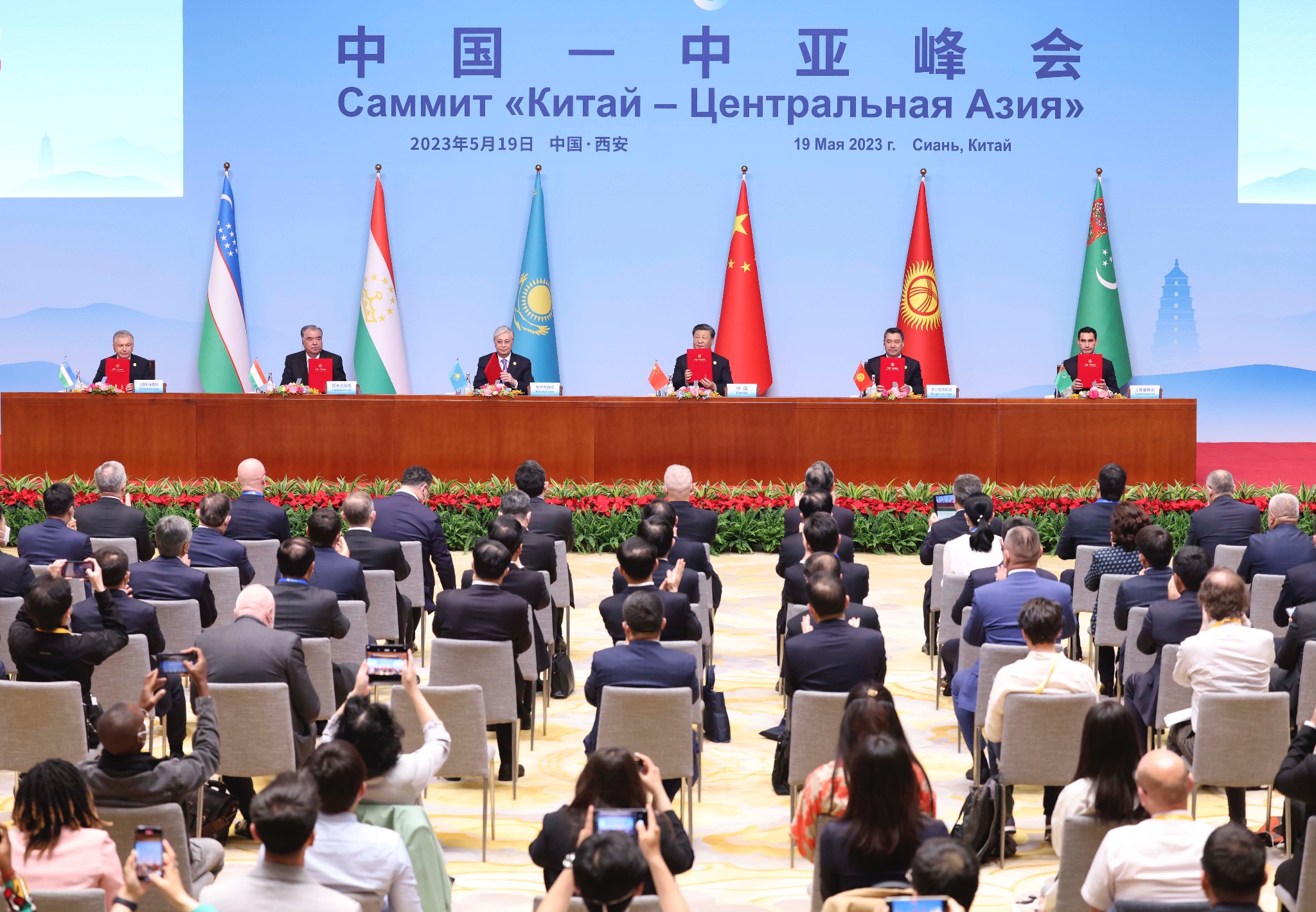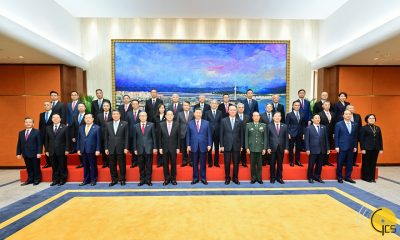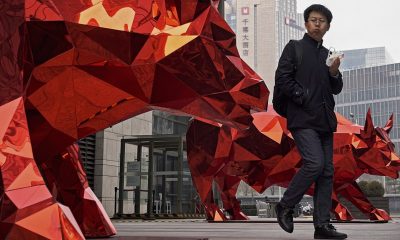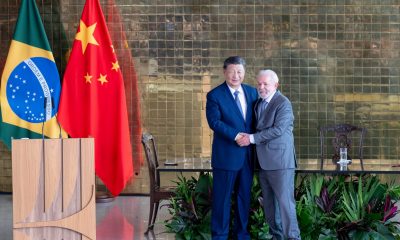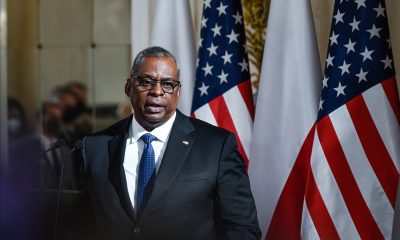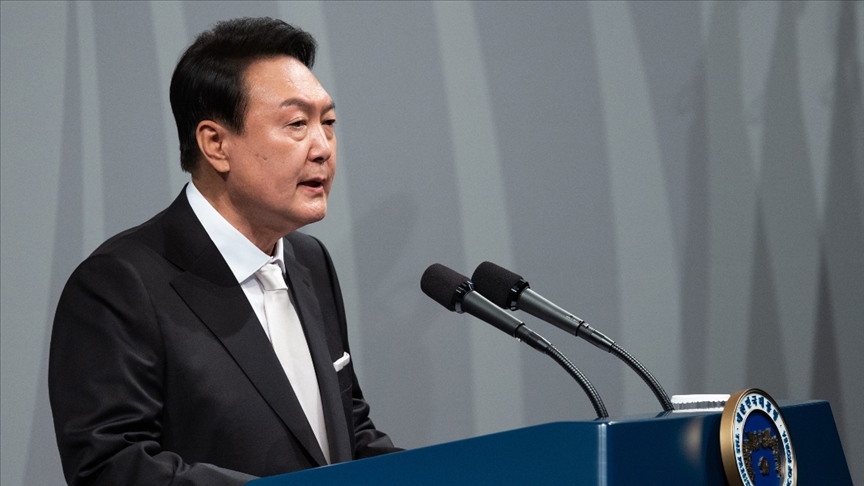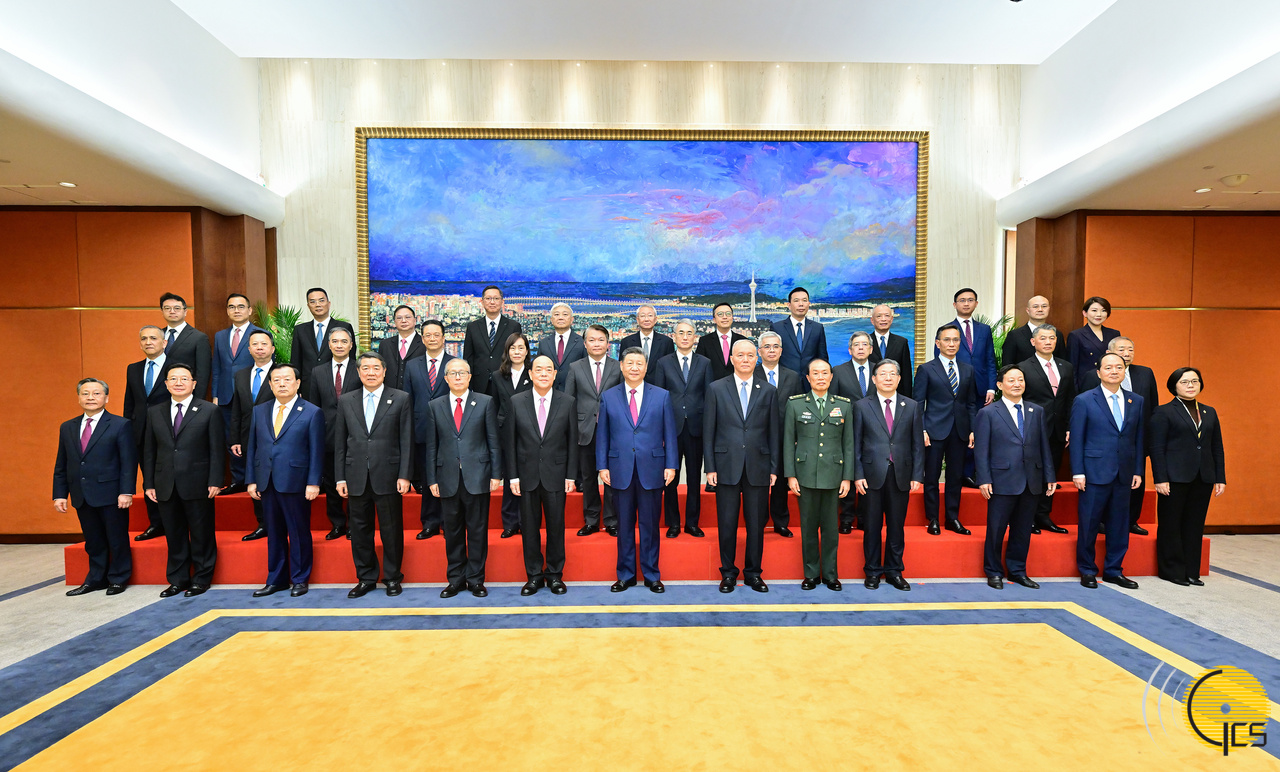The China-Central Asia Summit convened on May 18-19 in Xi’an, the capital of China’s Shaanxi province. The summit, chaired by Chinese President Xi Jinping, was attended by Kassym-Jomart Tokayev of Kazakhstan, Sadyr Japarov of Kyrgyzstan, Emomali Rahmon of Tajikistan, Shavkat Mirziyoyev of Uzbekistan and Serdar Berdimuhamedow of Turkmenistan.
This was the first face-to-face summit between China and the leaders of the five Central Asian countries since the establishment of diplomatic relations 31 years ago. It was agreed to hold the summit on a rotating basis, with the next summit to be held in Kazakhstan in 2025. The leaders also agreed to establish a permanent secretariat of this mechanism in China.
“We’ll resolutely withstand foreign powers staging color revolutions”
“The sovereignty, security, independence and territorial integrity of Central Asian countries should be safeguarded, the development path independently chosen by the Central Asian people should be respected, and the Central Asian region’s efforts for peace, harmony and tranquility should be supported,” Xi Jinping said at the opening of the second day of the Summit, which began with a grand opening ceremony on the first day.
Xi also called for joint efforts to enhance strategic trust and strengthen security ties between China and Central Asia, saying, “We’ll resolutely withstand foreign powers interfering in the internal affairs of regional countries and staging ‘color revolutions’, have zero tolerance for the three forces (terrorism, separatism and religious extremism), and work to solve the regional security dilemma.”
Xi said China is willing to help Central Asian countries strengthen their law enforcement security and defense capabilities “to independently maintain regional security,” adding that China will support the “peaceful reconstruction” of Afghanistan.
Declared goal: Expand trade and economic cooperation
According to state news agency Xinhua, Xi pledged to expand trade and economic cooperation with Central Asia and said Beijing would deepen connectivity in the region and expand energy cooperation, among other things.
Central Asia, “with its unique geographical advantage, can become an important interconnection hub in Asia and Europe,” Xi said, adding that he hopes to accelerate the construction of the China-Central Asia gas pipeline as well as the Line D gas pipeline (which will run from the border with Turkmenistan through the territory of Uzbekistan, Tajikistan and Kyrgyzstan) and expand the scale of oil and gas trade with the region.
The construction of the China-Europe Railway will be accelerated and Chinese enterprises will be encouraged to build overseas warehouses in Central Asian countries.
Cross-border transportation and logistics network between China and Central Asian countries will be improved, and joint work and projects in the context of high-tech and green development will be developed.
“We need to strengthen dialogue among civilizations,” Xi said, inviting Central Asian countries to join the “Cultural Silk Road” program. Xi noted that they will establish more traditional medicine centers and cultural centers in Central Asia, increase student exchange programs and interaction between universities.
Xi also announced that China will provide 26 billion yuan (USD 3.7 billion) in financial support to help Central Asian countries develop.
This year also marks the 10th anniversary of the “Silk Road Economic Belt” initiative proposed by Xi during his visit to Kazakhstan in 2013. In the decade since Xi launched the Belt and Road Initiative, trade between China and the five Central Asian countries has grown rapidly. Last year, it reached USD 70.2 billion, up 40 percent.
Beijing sees Central Asia as a critical frontier for expanding its trade and energy security. The region is also seen as crucial for stabilizing Xinjiang, where the Uyghurs are one of the most contentious issues between China and the West.
Three topics stood out: trade, security and cultural integration
We discussed the China-Central Asia Summit, its outcomes and future plans with Assoc. Professor Nurbek Isabay, Dean of the Faculty of Law at Astana International University.

“A great new page has opened for the Central Asian countries,” Dr. Isabay said, recalling that the United States also established such an initiative with the Central Asian countries in 2015, called C5+1, but underlined that this new format with China is very important for the Central Asian countries.
Isabay stated that Xi Jinping emphasized 3 important points in his speech today: development of trade corridors, security cooperation and cultural integration:
“The first point is very important for China. Before the war in Ukraine, there was the Trans-Siberian Railway through Russia. There is also the Central Corridor from Beijing to Europe through Kazakhstan and the Southern Corridor from China to the Caspian Sea and Turkey and then to Europe. A branch of this goes through Uzbekistan and Iran to Turkey and then to Europe.
There is also maritime trade through the Strait of Malacca, but since the US is trying to establish dominance there via Singapore, China is keen to diversify its trade routes without getting stuck in Malacca. The Trans-Siberian corridor, which was busy before the Russia-Ukraine war, is in trouble because of the war. Therefore, China is trying to mobilize the Southern Corridor through Central Asia.”
He said that the summit agreed to build a railway from China to Kyrgyzstan and Uzbekistan, and agreed with Kazakhstan to develop that infrastructure through the port of Kuryk and the Caspian Sea. According to Dr. Isabay, important agreements were reached on the development of trade corridors, and this is part of the strategy to revitalize the Southern Corridor.
Nurbek Isabay noted that in 2015, China set a target to increase trade volume with Central Asia to USD 70 billion by 2030, and last year the target was achieved, and emphasized that this data shows how dynamically the trade volume is progressing.
“China is filling the area left by Russia”
“The second important issue is security and defense. Xi Jinping emphasized that the sovereignty, independence and internal affairs of Central Asian countries should not be interfered with. There was a message of joint struggle against terrorism. He emphasized that China opposes color revolutions in Central Asian countries. I think Xi Jinping sent a message to both sides here. Both to Russia and to the West. In December last year, former Russian PM Medvedev made a statement claiming Kazakhstan and other Central Asian countries on behalf of Russia. Putin also made a speech in 2015 claiming that Kazakhstan has no state traditions. Russian MP Fyodorov has also previously made a speech claiming that northern Kazakhstan is Russian territory. Therefore, the emphasis in Xi Jinping’s speech on not allowing color revolutions and protecting territorial integrity sends a message to Russia, as well as a message to the US and the West. This is how the speech was interpreted in Kazakhstan public opinion,” he said.
Isabay emphasized that China will provide 26 billion yuan (USD 3.7 billion) to Central Asian countries for security and defense, and noted that Beijing has not been involved in the field of security outside of trade before, but it has been involved in this field in Central Asia, noting that this is a first. Stating that Russia’s influence in Central Asia has weakened with the war in Ukraine, Isabay commented that China is filling this gap in order to prevent color revolutions that may be attempted by the West. “China has been focusing on trade and cultural exchanges, which are its traditional methods in foreign policy, but for the first time, it has made its position on security and defense very clear,” he said.
“China was culturally alien to Central Asia, this gap is being closed”
“The third issue is cultural cooperation and integration. You know that one of China’s weakest points is the Uighur region. Kazakhs also live there. Officially, nearly 1 million 300 thousand Kazakhs live there. There are also Kyrgyz and Uzbeks in that region. Until now, culturally, China was alien to the Central Asian countries in terms of language, culture and lifestyle. However, in recent years, especially in the last 5 years, China has started to attach great importance to the Central Asian countries in the field of culture. Scholarship programs were opened in Chinese universities. At this Summit, student exchange programs were developed with agreements. Agreements were signed between Kazakhstan’s largest university and several Chinese universities,” Isabay said.
“Confucius institutes became influential in Central Asia,” he added, “scholarships were provided to students and researchers. As far as I know, there are nearly 70 Confucius institutes in Central Asia. There was also an agreement to increase the number of these institutes. Decisions were taken at the state level to intensify cultural integration. In other words, China was a cultural outsider in Central Asia, it was not recognized. Now it wants to close this gap.”
“Mechanism could be expanded with Türkiye”
According to Isabay, this mechanism may expand with other countries in the coming period. Pointing to Turkey in particular, “Developing the Southern Corridor is not possible without Türkiye. Xi Jinping said that this format will expand with other countries later on. Therefore, Türkiye is important here,” Isabay said. He also said that Azerbaijan, Georgia and Iran could also be included in this format.
Isabay noted that China’s growing influence in Central Asia is being discussed from Russia’s point of view, and said that official statements from the Russian Duma have come from Russia that they look favorably on this summit. “Even if Russia is uncomfortable, it will not openly express this discomfort in official terms due to its negative relations with the West,” he added.

 EUROPE1 week ago
EUROPE1 week ago
 OPINION2 weeks ago
OPINION2 weeks ago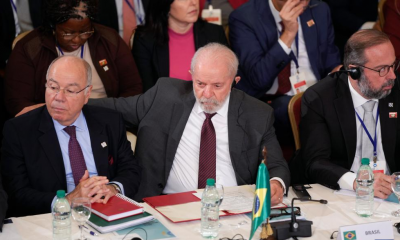
 OPINION1 week ago
OPINION1 week ago
 DIPLOMACY2 weeks ago
DIPLOMACY2 weeks ago
 OPINION2 weeks ago
OPINION2 weeks ago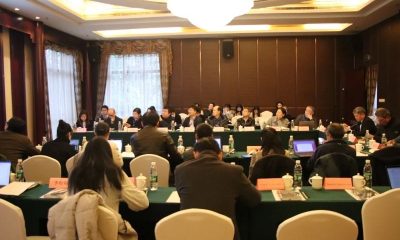
 ASIA1 week ago
ASIA1 week ago
 MIDDLE EAST1 week ago
MIDDLE EAST1 week ago
 MIDDLE EAST2 weeks ago
MIDDLE EAST2 weeks ago
